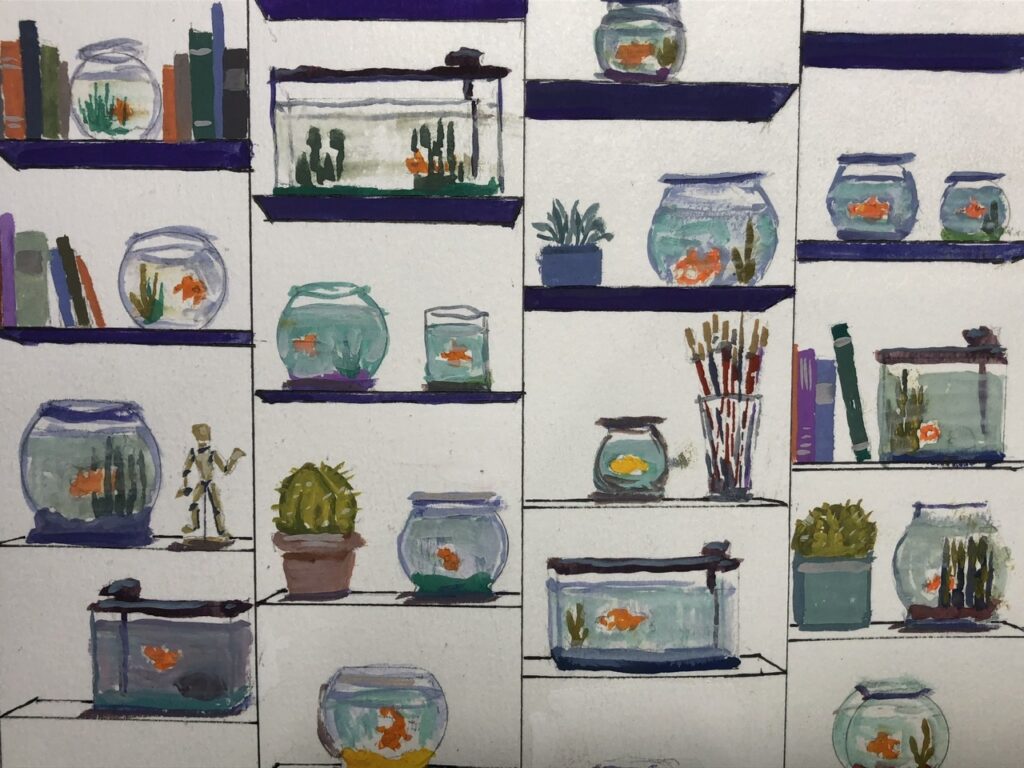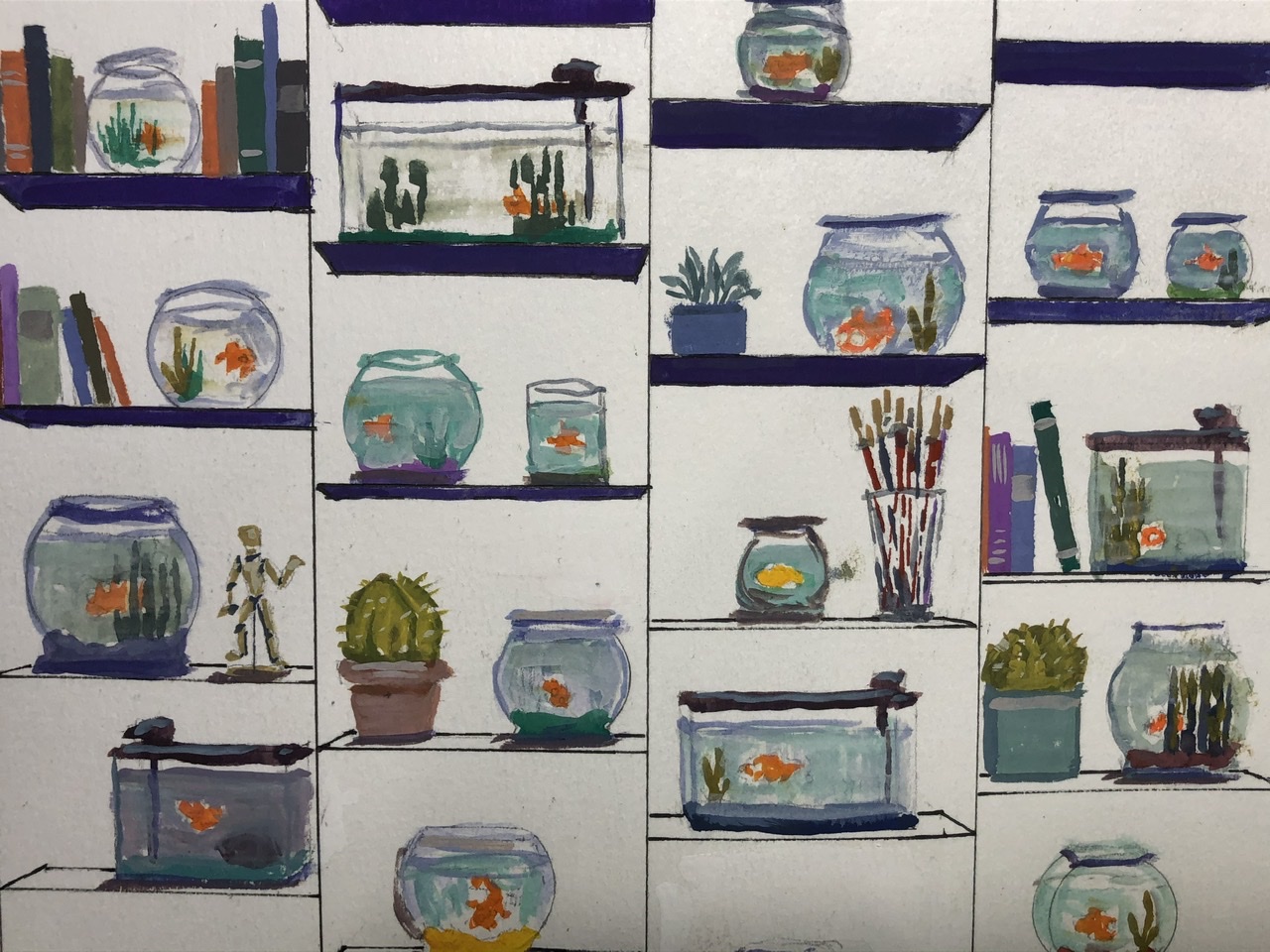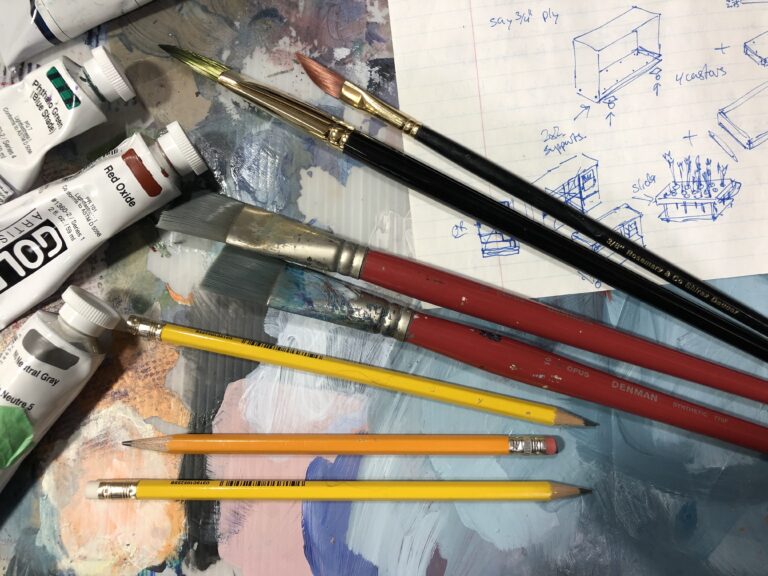Theory: Art is Like an Inside Joke
I hope you have had the pleasure of being on the inside of a truly hilarious inside joke. These jokes rely on some shared common-ground to act as a trigger. Only those who share in the common ground are in on the joke. This can build a club, of sorts, and that exclusivity brings extra energy to the joke. Over time, the history of the joke can build its own power, occasionally to the point that the origin can be entirely forgotten.
At times, the common ground is general. For example, engineers likely find more humor in the following joke:
“Engineers don’t make mistakes. They make revisions”
-Engineer Joke
Perhaps, the better type of common ground is one based on experience; the “You had to be there” moments. Something happens, a small group experiences it and has the same reaction. It was hilarious, but more than that, there was something about exactly how it happened that made it so much funnier, which defies explanation.
In the last few years, there has been a lot of staffing changes at my work. Overnight, it seems, I went from being the new guy to being the old guy. I’m told this is how life works. So, I’ve recently caught myself dropping amazing inside jokes only to realize that nobody in the room is ‘in’ but me.
An example. Maybe 15 years ago, one of the engineers used a phrase in a sentence and our maintenance manager didn’t know what it meant. The engineer argued it was a perfectly normal phrase and the other fellow said it was obscure and nobody would use it in a sentence. The phrase was ‘interstitial space’, and from that point on, it was bonus points to any engineer that could use ‘interstitial space’ in context. I mean, I guess it’s amusing, but somehow this running inside joke became kind of awesome.
Mourning the loss of these inside jokes, I thought about what an important connection they could be between people. I saw a similarity, also, with art and how a narrative driven work can also build power by alluding to a common ground. Sometimes, a single recognition during a field study can elevate the final painting from a nice painting to a one that triggers a strong emotional reaction. Perhaps that detail, a shared experience or observation, might suddenly bring the viewer and the artist together into a small club of people who get what the painting is about.
Then, there are the times when you have the “you had to be there” moments and you are the only one there. If it was a funny moment, you might struggle to relate the hilarious story to a friend. What if that moment was one of awe, closeness to nature, or intense nostalgia? This is the struggle of being human; the gap that exists between us and the desire to reach across it and make real connections. This is why tourists take so many photos, why storytelling is so important in every culture, and maybe a big part of why writing and languages developed in the first place.
In my art practice… well, I take my paints, my camera, and my artist eyes out into the world in search of moments that move me. Then, I try to craft a painting that can reach across the interstitial space to let others in on that inside joke.
~JW



